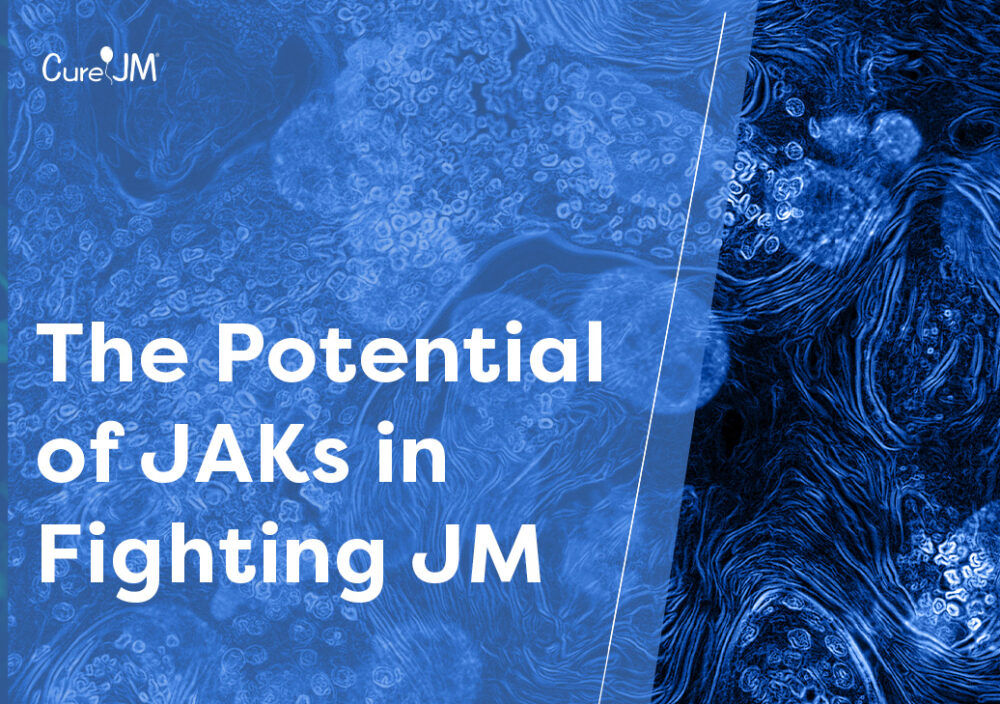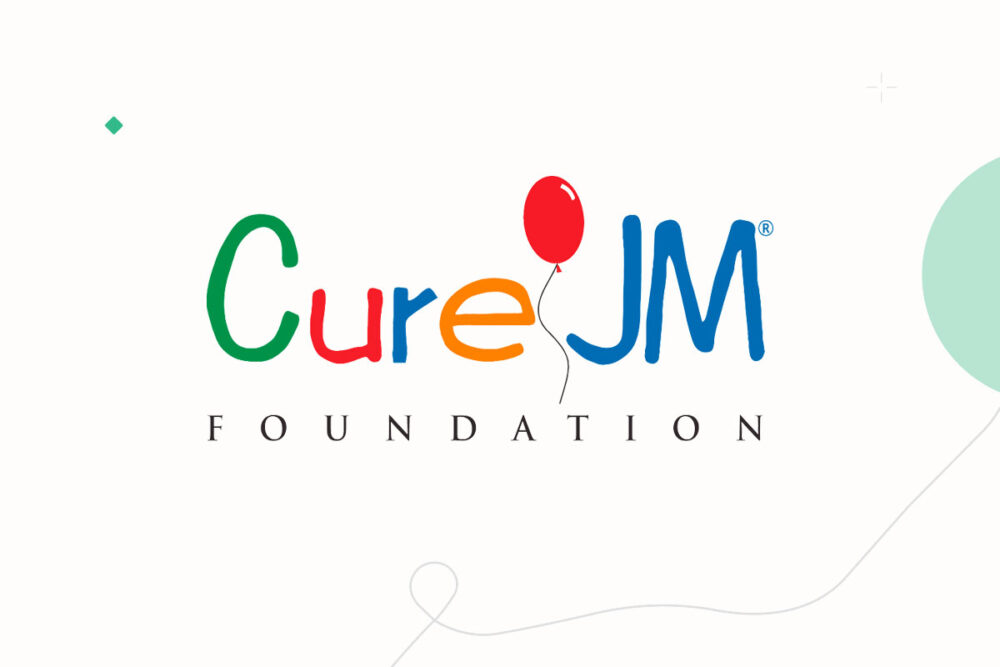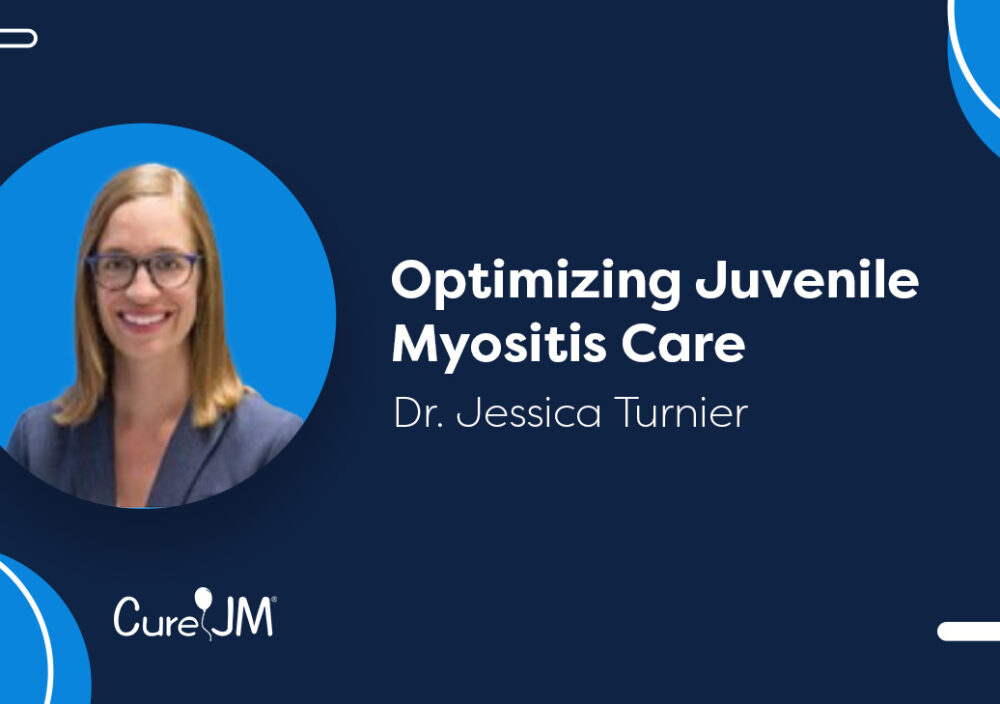In our June 2024 “Ask the Doc” Town Hall, Dr. Julie Paik joins in a Q&A session to shed light on what JAK inhibitors are, how they work in JM, when parents might consider discussing JAKs as a treatment option, and the pros and cons of their use.
Dr. Paik has experience in testing and using JAKs in JM and other rheumatic conditions with success and has published some early case studies to usher in their use. As JAKs become an increasing treatment option, you’ll gain valuable insight on important considerations regardless of where you may be on the JM journey.
View a recording of a Q&A with Shannon Malloy, Director of Community Engagement at Cure JM, and Dr. Julie Paik, MD, Johns Hopkins Myositis Center below:
Session topics include:
- History of JAKs & early use in JM
- Early studies & results in JM
- When to discuss JAK use with your doctor
- Understanding risks vs. benefits
- Future of JAKs – Will they replace other meds like prednisone?
- Q&A session from our families and patients and closing
Introduction to this Topic:
JAK inhibitors are newer treatments being studied and used increasingly off-label* in juvenile myositis at various phases of the disease.
How Do JAKs Work?
The immune system is made up of immune system cells that behave like “soldiers,” protecting the body from invaders like viruses. However, with myositis, these immune system soldiers are misbehaving. They are attacking healthy skin and muscles instead of viruses.
Current myositis treatments (such as steroids and methotrexate) typically work by trying to dampen the immune response, so that the misbehaving soldiers cannot do as much damage to healthy skin and muscle.
JAK inhibitors work by helping to improve the signals going to the misbehaving soldiers. When the soldiers get the right information and are not misbehaving, they are causing less damage.
JAKs That Are Currently Used in JM are:
- Tofacitinib (Xeljanz)
- Ruxolitinib (Jakafi)
- Upadacitinib (Rinvoq)
- Baricitinib (Olumiant)




